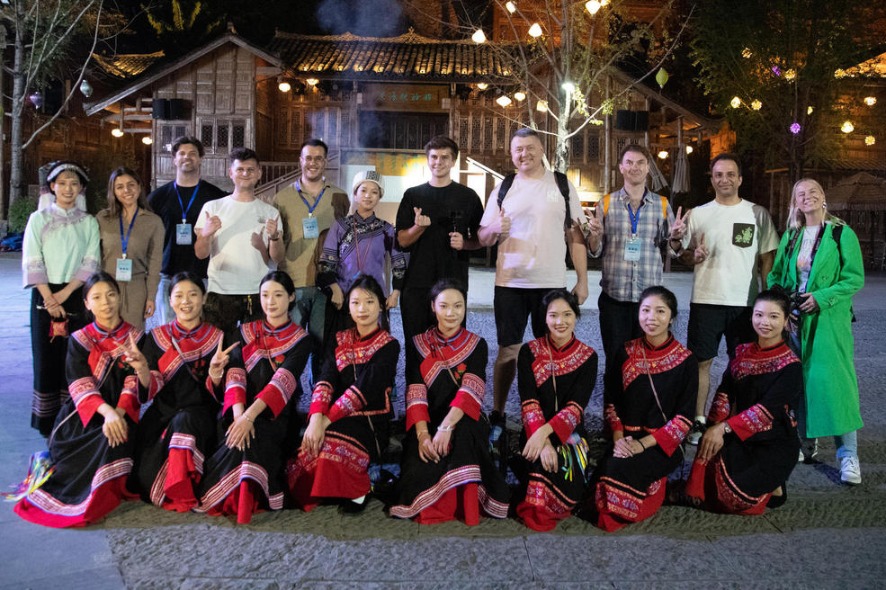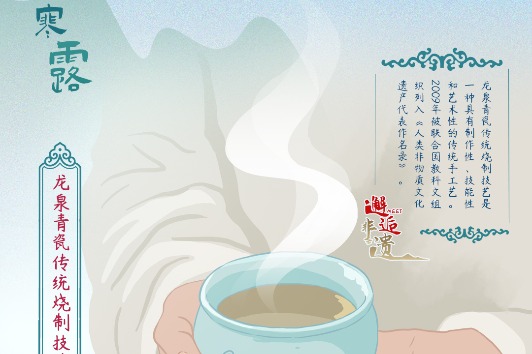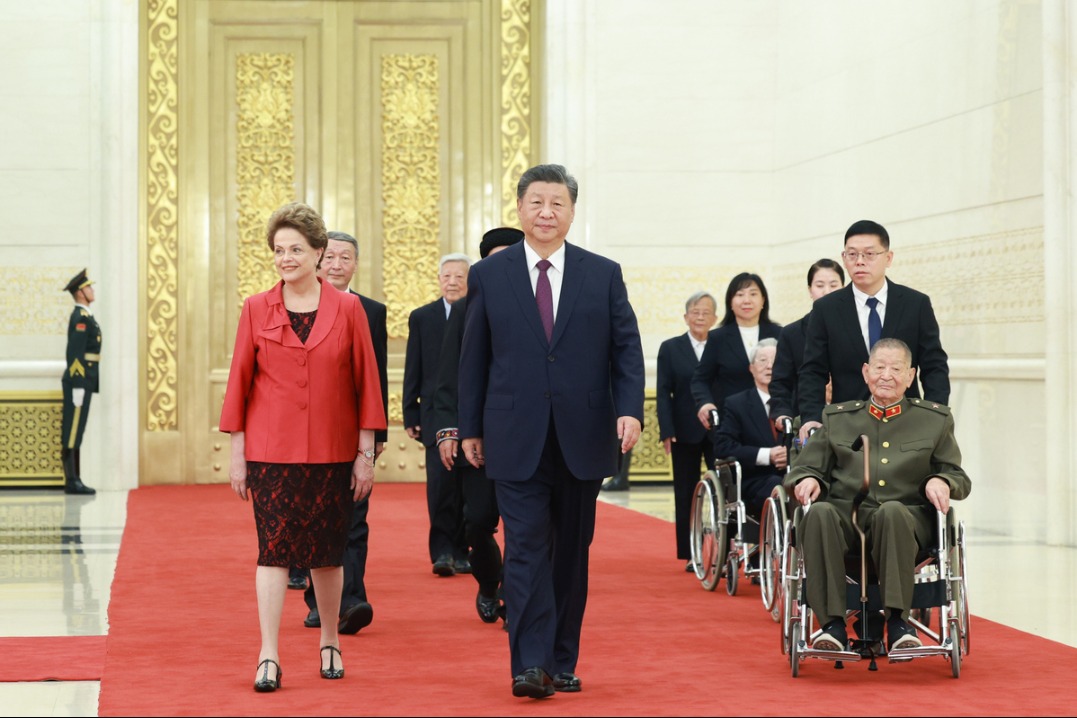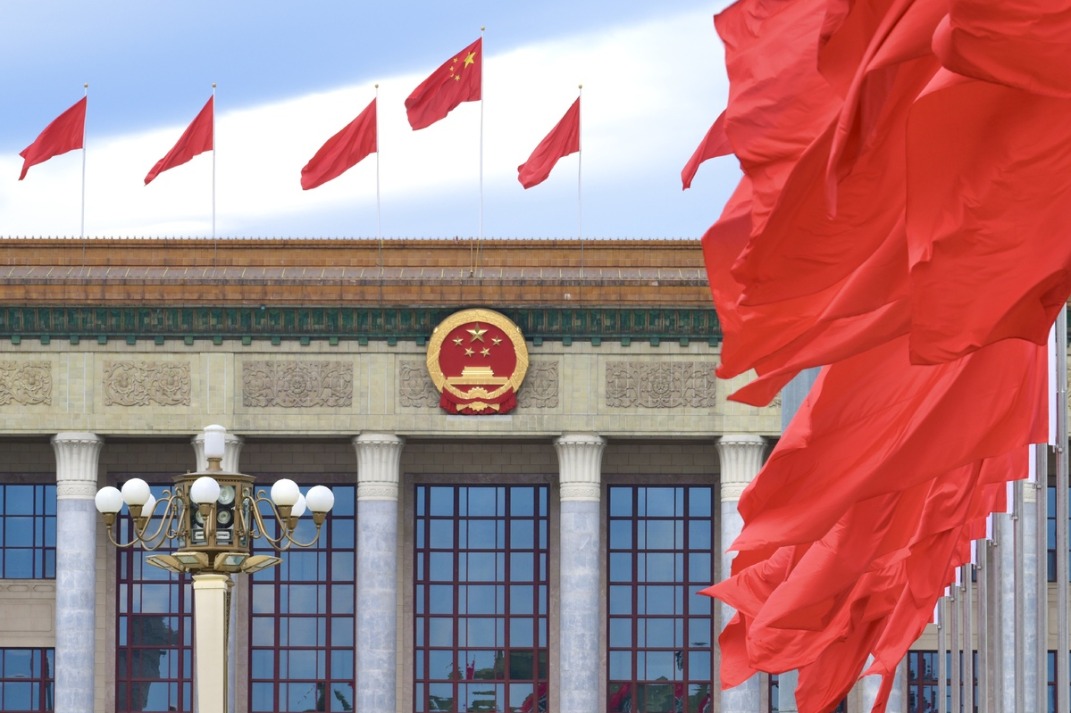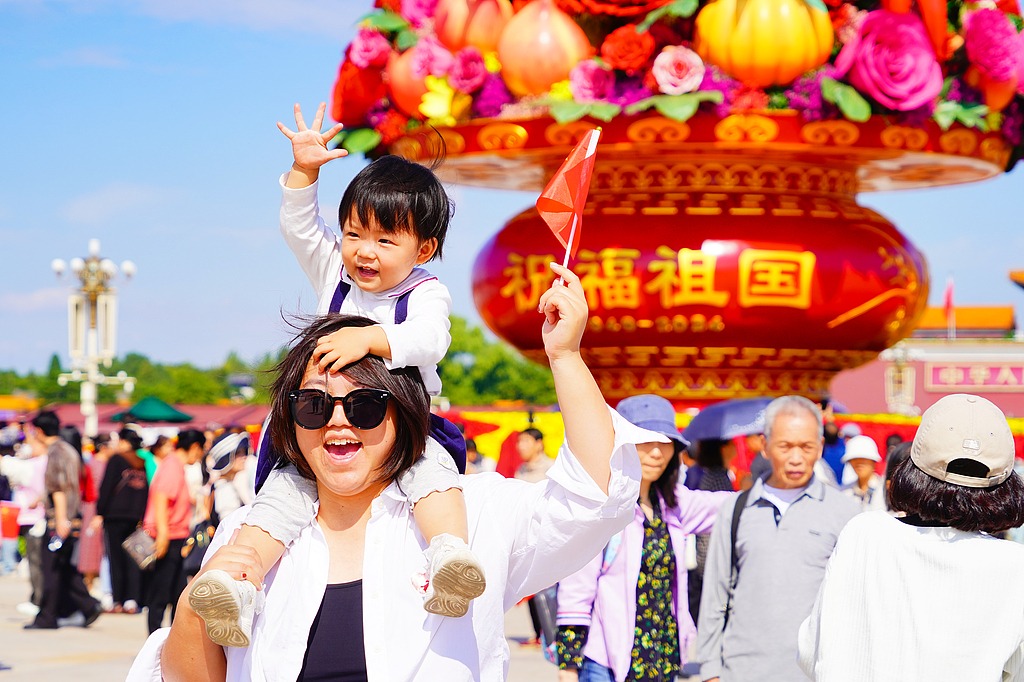Retrieving history from the past
By Wang Ru | CHINA DAILY | Updated: 2024-05-23 07:25

Significance
The Chu features of the Wuwangdun tomb show the continuity of Chu culture, which is part of the Chinese civilization, according to Zhang.
He says the Chu tomb in the last Chu capital of Shouchun has features borrowed from the Jiangling area in Jingzhou, Hubei province, the area the Chu originally occupied, where a large number of tombs have been discovered. This means that although the Chu moved their capital eastward to Shouchun, more than 600 km from Jiangling, cultural inheritance wasn't interrupted.
Moreover, Zhang says that the Chu helped the Qin unify China, as their influence shaped and united the culture of the middle and lower reaches of the Yangtze River, which paved the way for the Qin to absorb the area more easily, as part of its unification of the country.
According to Xu, archaeologists have excavated nearly 10,000 Chu tombs so far, belonging to almost every level of official and aristocracy, but none of them reached the level of the Wuwangdun Site.
They have found tombs that probably belong to Chu kings but have not excavated them. For instance, the Xiongjiazhong Site in Jingzhou is believed to be one, but only the chariot pits have been excavated, not the main tomb itself. As a result, Xu says that Wuwangdun is the highest-level Chu tomb excavated to date.
The Lisangudui Site near Wuwangdun was plundered and damaged in the 1930s. From the artifacts retrieved, archaeologists were able to determine the identity of the tomb's occupant, but were unable to uncover more detailed information about the damaged tomb. This led to a great deal of debate over the tomb and its construction.
Now, some of those mysteries may hopefully have been answered. For example, according to witnesses in the 1930s, the Lisangudui Site had nine burial chambers, but after they were destroyed, archaeologists could only debate how the chambers might have been arranged, Xu says. Some believed they might have formed a nine-box grid, but others had different opinions. Now the Wuwangdun tomb offers a plausible answer, he adds.





